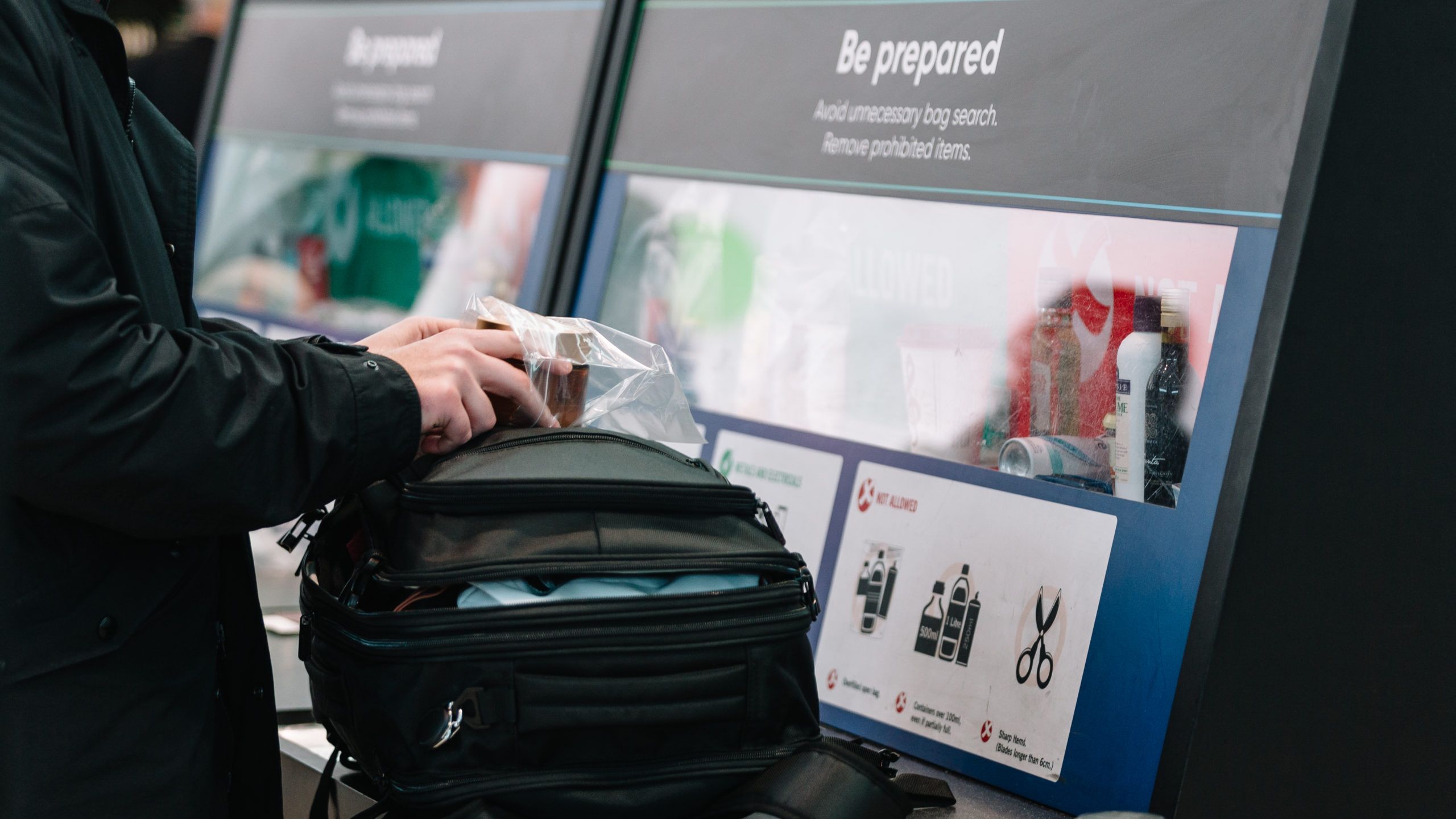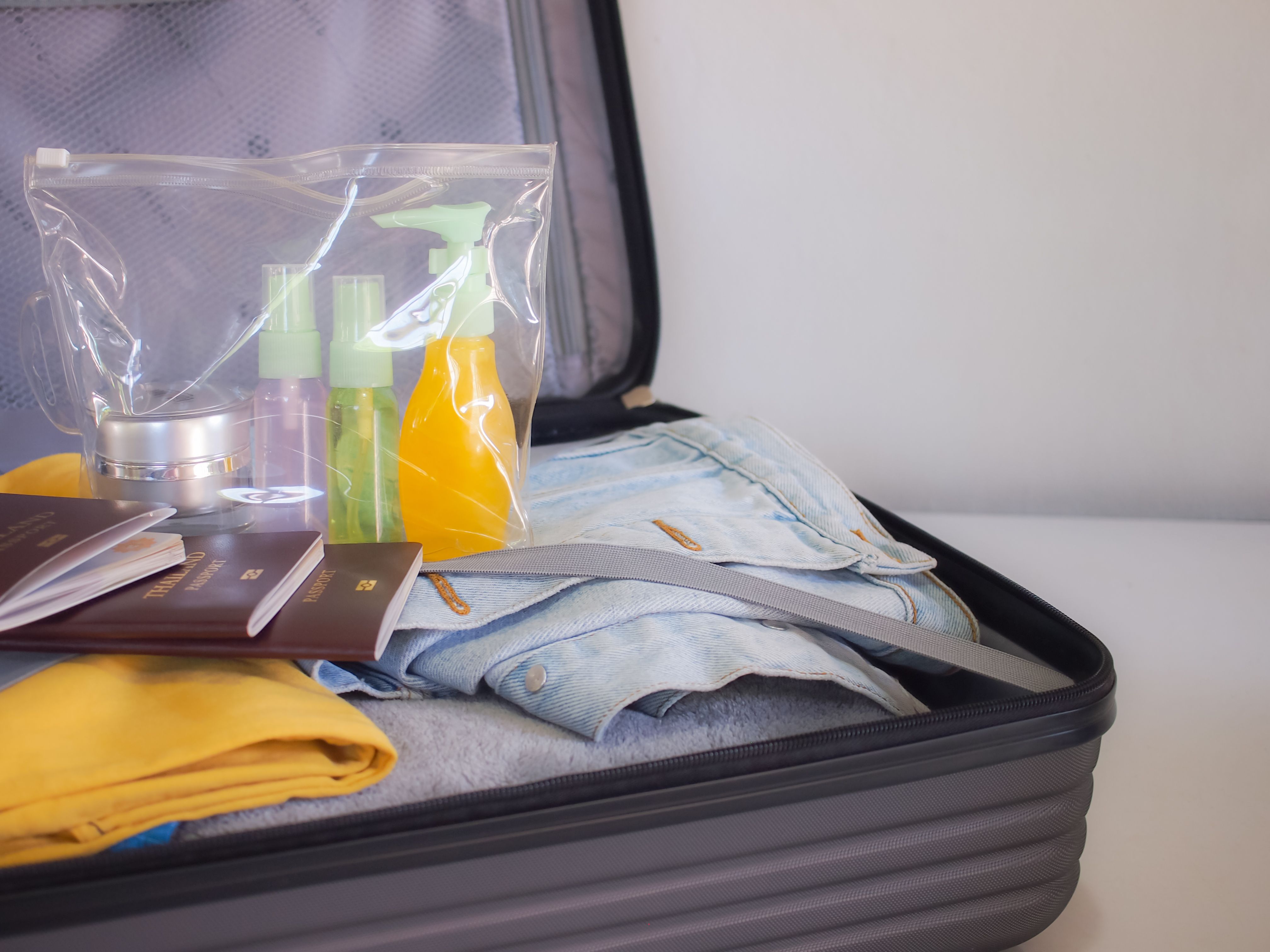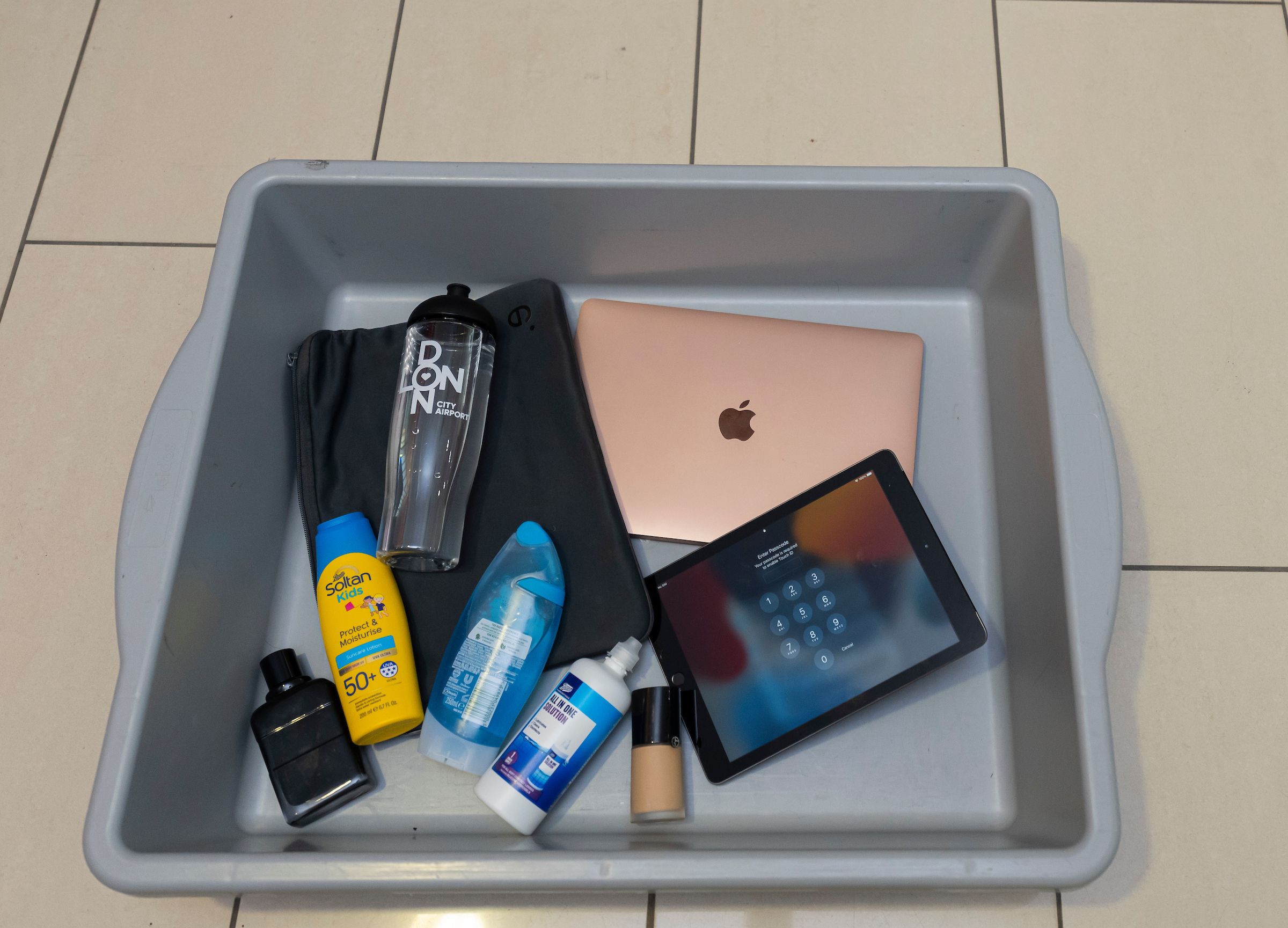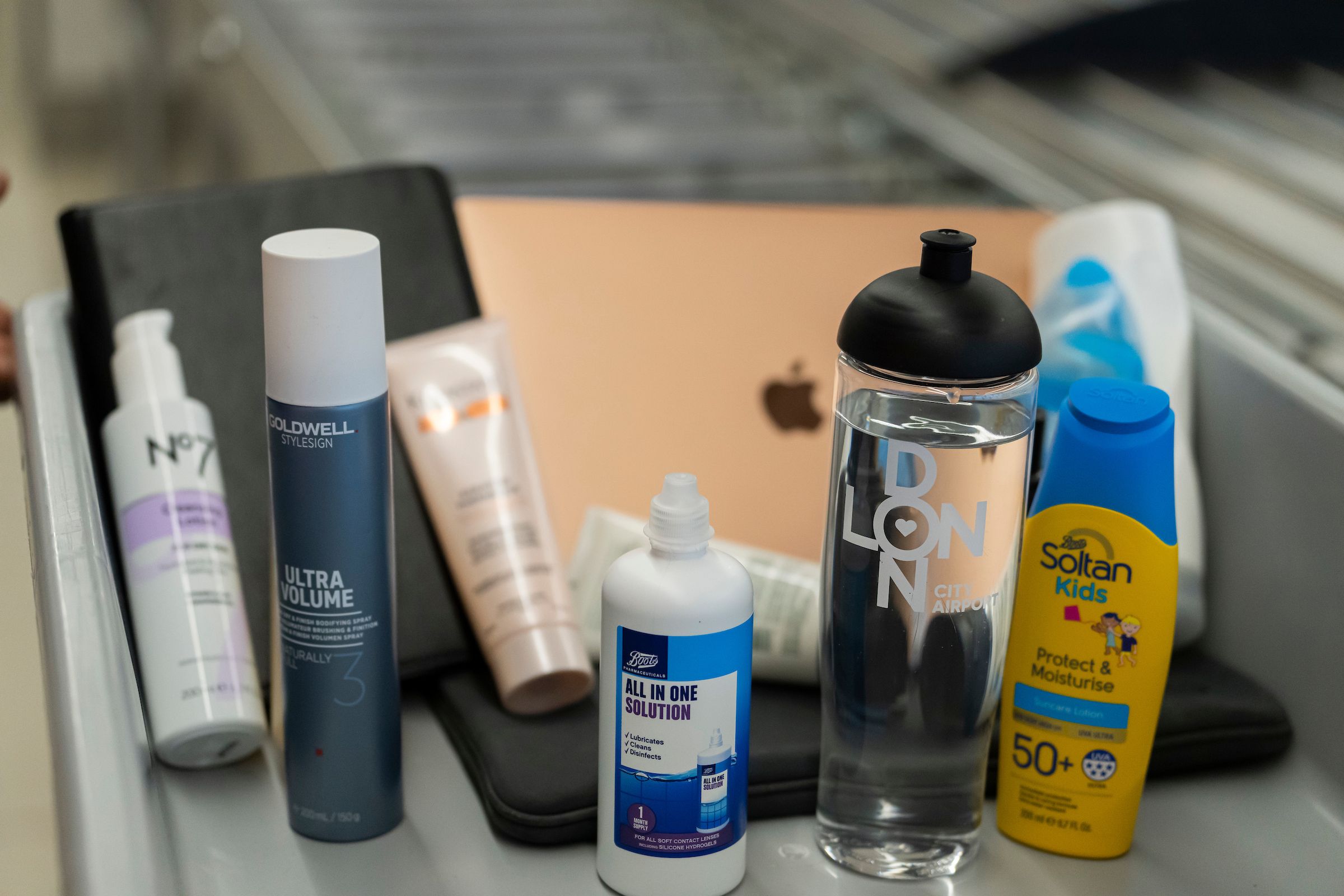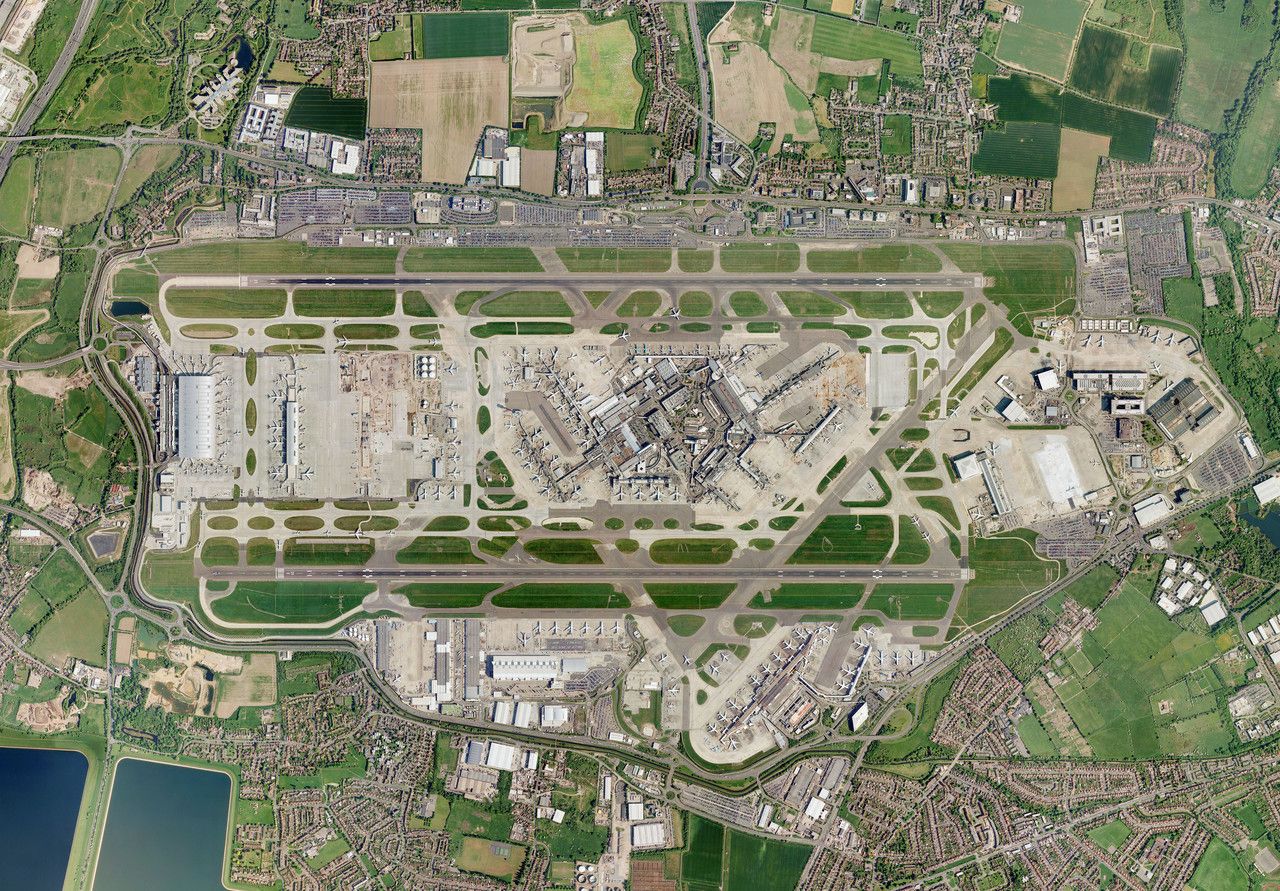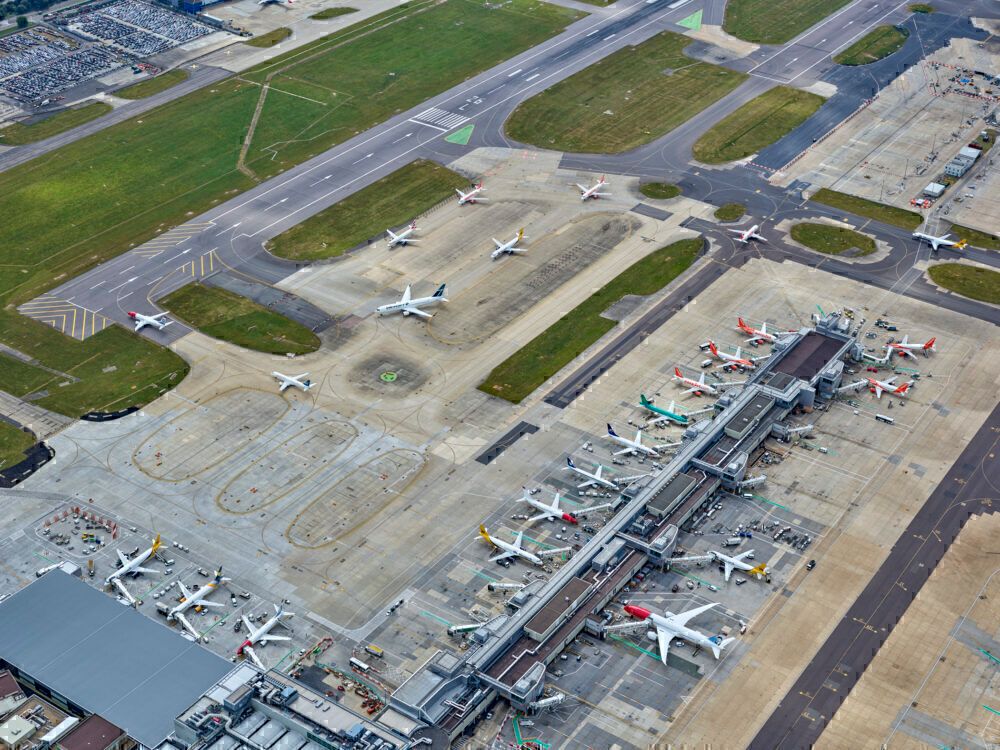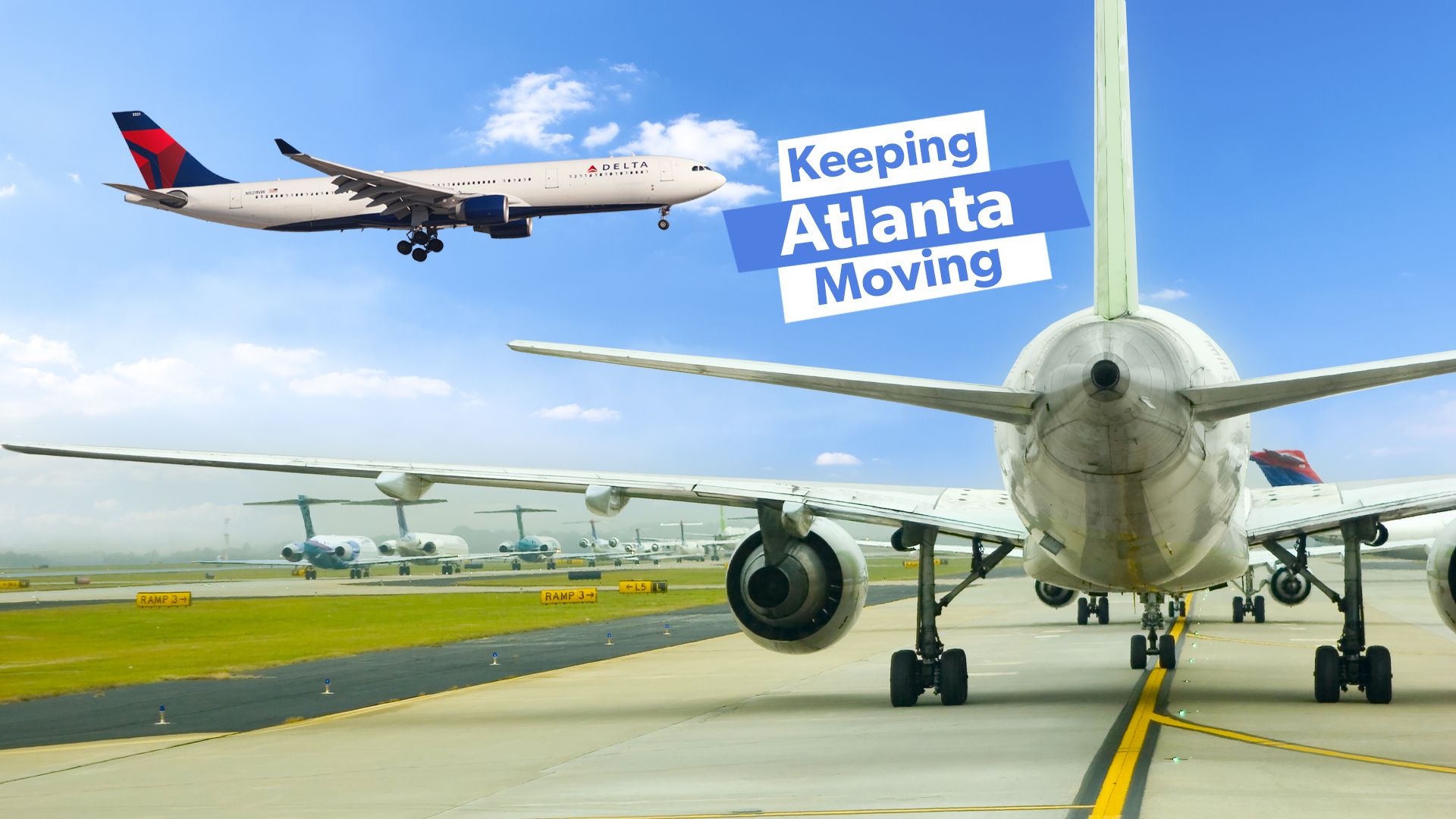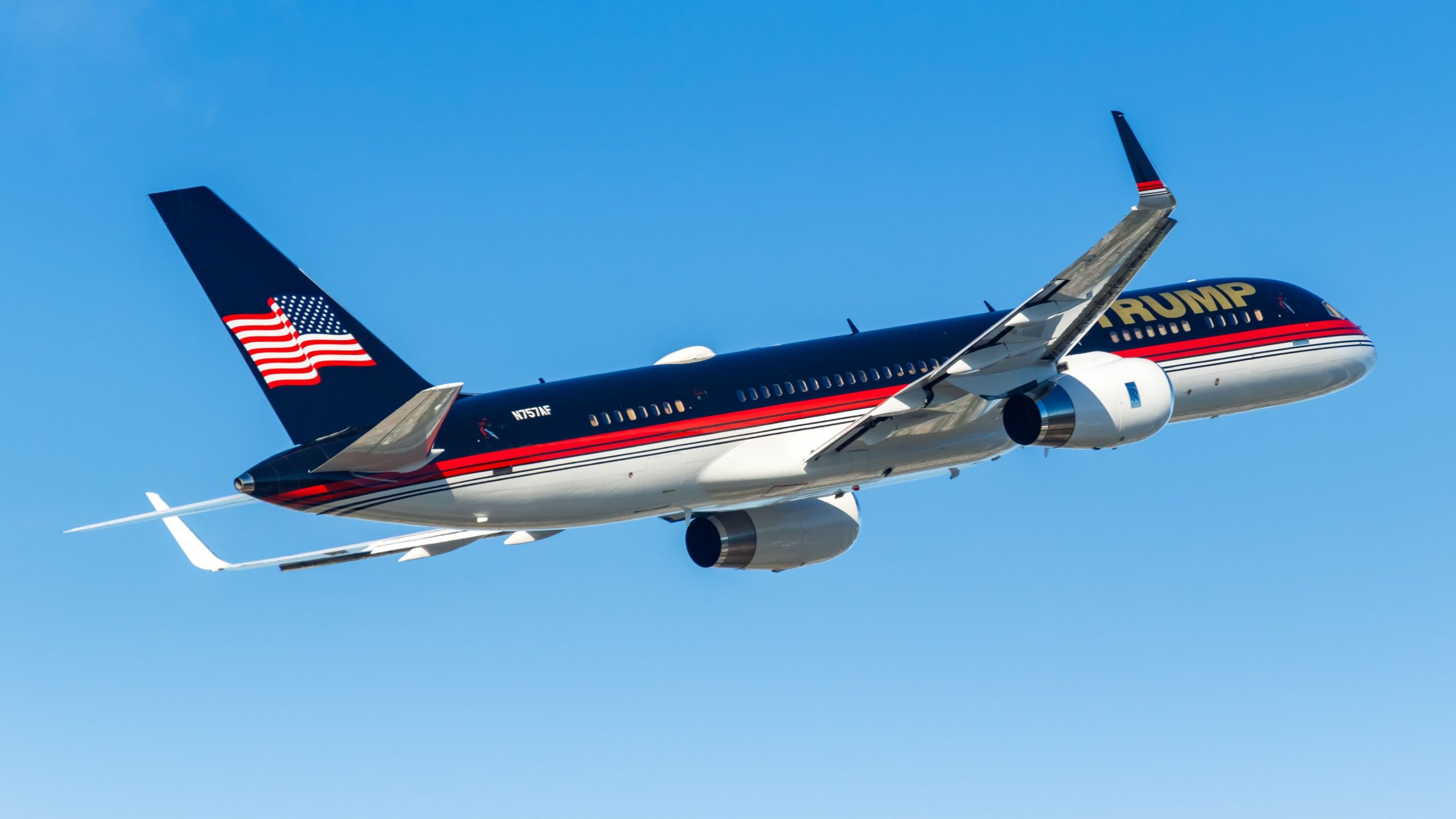In December 2022, the UK government announced that all airport security scanners nationwide would be upgraded by June 2024. The cutting-edge technology will improve traffic flow and passenger experience at security checkpoints while maintaining high standards of screening. As part of this upgrade, and to many passengers’ delight, the 100ml rule will be scrapped.
Fast forward to today, and London City Airport (LCY) and Teesside are the only airports that have fully implemented these scanners, meaning no 100ml rule at all. However, with the deadline coming up soon, more are set to follow in the coming months, and hopefully, hubs like Heathrow and Gatwick will adopt the standard by June as well.
What is the 100ml rule?
In 2006, a terrorist plot to detonate liquid explosives disguised as soft drinks onboard transatlantic flights from the UK to the US and Canada was uncovered by the British Metropolitan Police. As a result, the 100ml rule was introduced.
Photo: DUANGJAN J | Shutterstock
The rule banned passengers from carrying large volumes of liquids in their hand luggage. Any liquids carried in hand luggage must be in containers no larger than 100ml (3.4 fl oz) and placed in a transparent, resealable plastic bag no larger than 20 cm x 20 cm (7.9 inches x 7.9 inches). Passengers were limited to one bag per person. This prevented significant amounts of dangerous substances from being concealed in seemingly harmless drink bottles or containers.
The removal of the rule
As part of the UK government’s efforts to streamline security processes, new technology will be gradually installed at airports nationwide, allowing for reduced queuing times, improved passenger experience, and better capabilities to detect potential threats. This advanced screening technology is paving the way to the eventual end of the 100ml rule on liquids at airports.
Photo: London City Airport
Furthermore, this new system means that large electronics – like tablets and laptops – can be left inside carry-on bags at the security checkpoint. Currently, these devices must be removed from bags to be screened.
What does this mean for travelers?
Travelers can expect to see the complete removal of the 100ml rule at major airports by 2024. Eventually, the carry-on liquid limit at these airports will be extended to 2 liters (0.53 gallons). This new limit is already in force at some major airports. UK Transport Secretary Mark Harper said:
“By 2024, major airports across the UK will have the latest security tech installed, reducing queuing times, improving the passenger experience, and most importantly detecting potential threats.”
However, it’s important to note that travelers should always check the security requirements at all points of their journey. While the departing airport may accept liquid in containers measuring more than 100ml, the airport through which they transfer or return may not.
Photo: London City Airport
We had the opportunity to fly through London City Airport soon after the requirements were scrapped in April 2023. Security lines were noticeably faster; all passengers had to do was drop their bags and walk through, shaving off minutes from each traveler. Moreover, the two-liter rule means you’re free to take a full water bottle and any liquids through as well; no more rummaging and last-minute binning of bottles. Ten minutes from the top of the escalator to airside is a considerable feat and will significantly benefit hubs!
Where have these upgrades been implemented?
Although 2024 might seem a long way to go, several airports in London are already trialing the upgraded security screening machines, with one airport having fully rolled out the technology.
As mentioned, London City Airport is the first UK airport to successfully introduce the upgraded technology, while the machines are on trial at Gatwick Airport, Heathrow Airport, and London Luton Airport.
